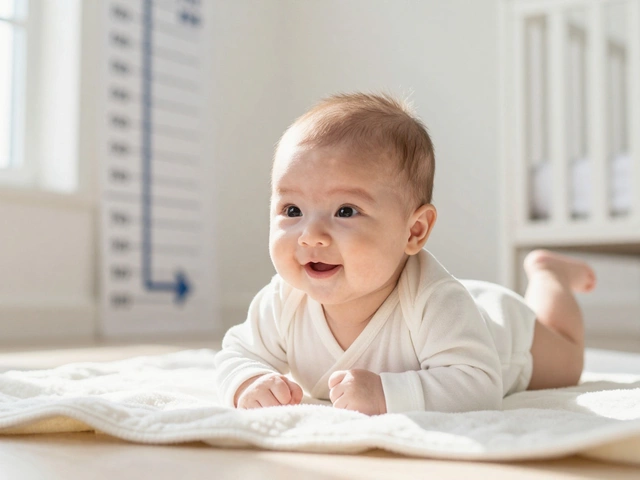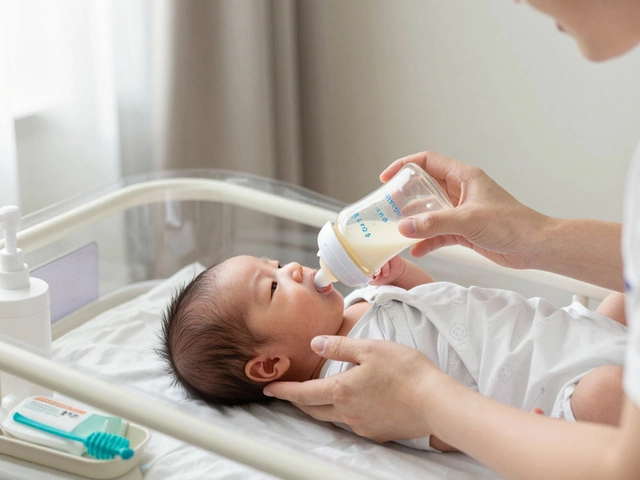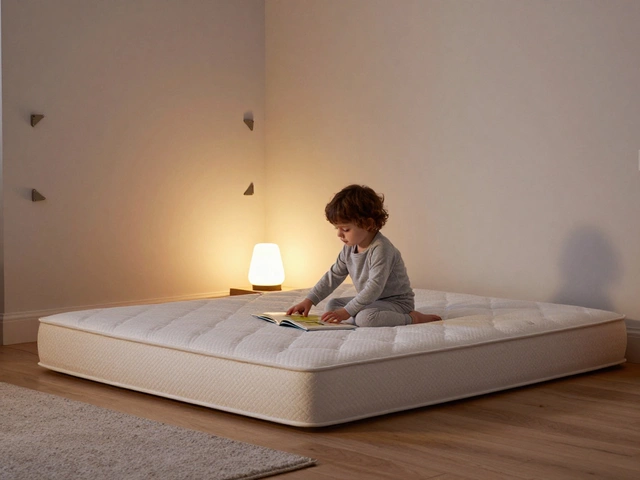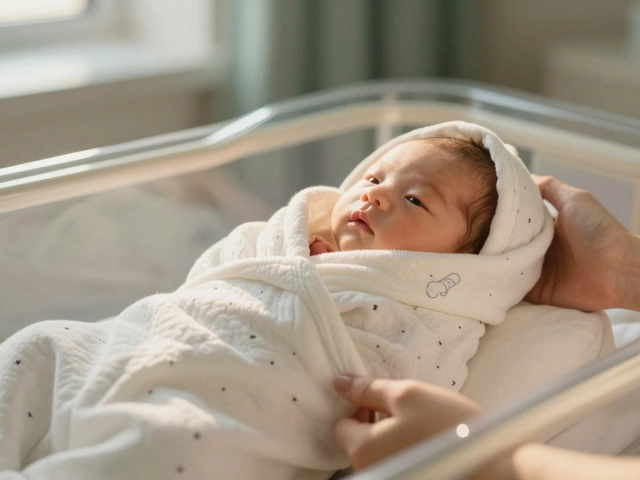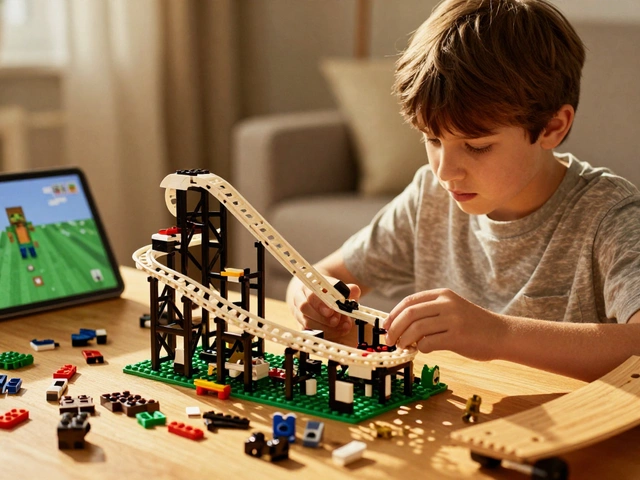ADHD Toys and Tips: What Works Best for Kids
If you’ve got a child with ADHD, you know everyday moments can feel like a whirlwind. The good news? The right toys can turn that energy into learning, focus and fun. Below, we break down the kinds of toys that actually help, plus simple tricks to get the most out of them.
Why the Right Toy Makes a Difference
Kids with ADHD often need hands‑on activity to stay engaged. Toys that offer tactile feedback, movement, or a clear goal give their brain a chance to practice attention without feeling forced. When a toy is too simple, they lose interest fast; when it’s too complex, frustration spikes. The sweet spot is a play item that’s challenging enough to keep them busy, but simple enough to let them succeed quickly.
Top Toy Types to Try
1. Sensory Fidget Tools – Think squishy balls, stretchy bands, or textured cubes. These give a quiet outlet for restless hands and can be used at a desk or on the couch. A good rule of thumb is to choose items that are durable and easy to clean.
2. Building Sets – LEGO, magnetic tiles, or wooden blocks let kids create step by step. They promote planning skills and reward patience with a visible result. Start with smaller sets and add more pieces as confidence grows.
3. Interactive Puzzles – Jigsaw puzzles with bright images or puzzles that light up when a piece fits keep focus sharp. Look for puzzles that have a clear picture or theme they love, whether it’s dinosaurs or space rockets.
4. Movement‑Based Games – Mini‑trampolines, hopscotch mats, or balance boards let kids burn off excess energy while still playing. Short bursts of physical activity improve attention when they sit back down for quieter tasks.
5. Timed Challenge Toys – Board games that use a sand timer or digital timer teach time management. They create a natural pause, helping kids learn to finish a task before moving on.
Mixing these categories gives variety, so the child doesn’t get bored. Rotate toys weekly and watch which ones spark the longest focus.
Beyond picking the right toys, a few parenting tricks can boost their effectiveness. Keep play areas clutter‑free, set a simple timer for each activity, and celebrate completed tasks with a quick high‑five or a sticker. These small steps reinforce that staying on task feels good.
Remember, every child is unique. If a toy isn’t catching their interest after a few tries, try a different style rather than forcing it. With the right mix of sensory input, challenge, and movement, playtime can become a powerful tool for building focus and confidence in kids with ADHD.
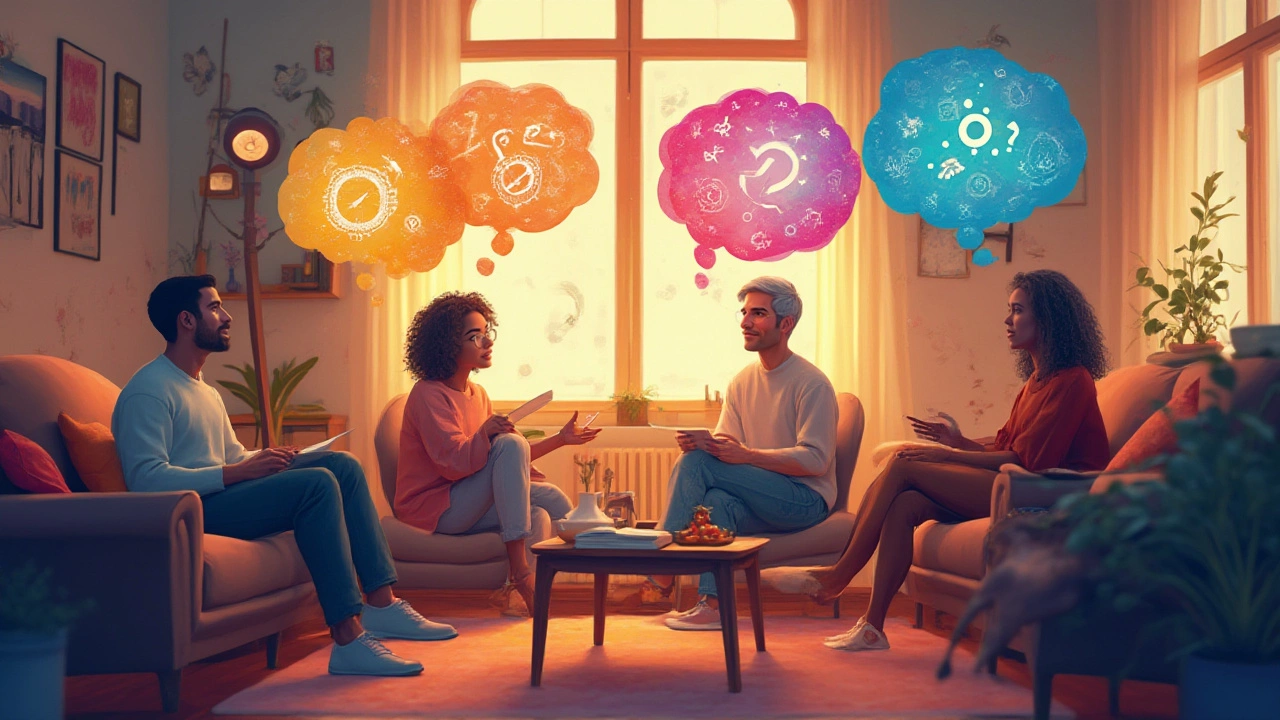
ADHD vs Autism: How Are They Connected?
Unpack the real relationship between ADHD and autism, see what sets them apart, how often they overlap, and discover tips for understanding each condition.
view more
